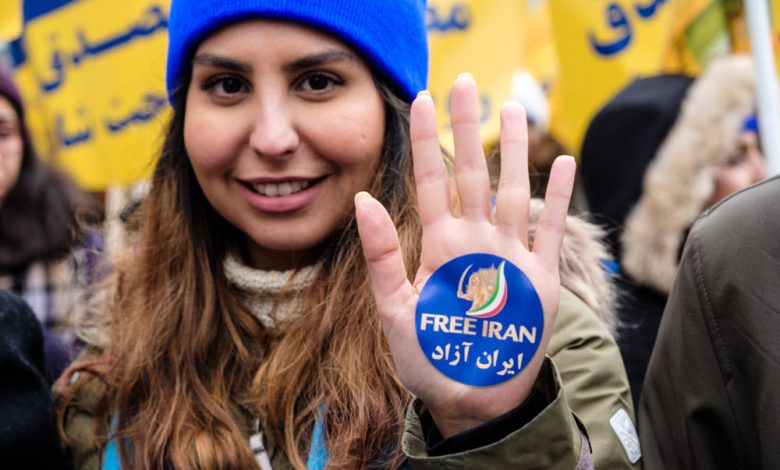Trump Could Really Ramp up Pressure on Iran Regime by Supporting the Resistance

By Shamsi Saadati
Donald Trump has been pursuing a “maximum pressure” campaign on Iran, using economic sanctions to choke the country’s income sources.
The aim is to prevent the money being used to fund the mullahs’ repressive security apparatus, including the Islamic Revolutionary Guard Corps (IRGC), foreign terrorist groups, like Hezbollah and Hamas, or to intervene in foreign conflicts, like Syria, Yemen, and Iraq.
These economic sanctions came into full swing last year after Trump pulled out of the 2015 Iran nuclear deal, and sanctions have only increased since. In March 2019 alone, the US Treasury has designated 14 Iranian individuals and 17 entities associated with developing weapons of mass destruction through the Organization of Defensive Innovation and Research (SPND).
To be clear, this is a good thing, but Trump could do more and lending his support to the Iranian Resistance would e a good place to start.
After all, the National Council of Resistance of Iran (NCRI) and the People’s Mojahedin Organization of Iran (PMOI/MEK), helped the US identify many of the now-sanctioned individuals and is leading the nationwide anti-regime protest movement that began in December 2017 and continues today.
If Trump supported the NCRI and the PMOI, he could help the Iranian people to overthrow the mullahs, who pose a severe threat to the Iranian people and the Middle East region as a whole.
But how could he do this?
1) Express public moral and political support for Iranian demonstrators, as US Secretary of State Mike Pompeo, has already done.
2) Provide technical support to the Iranian protestors, i.e. putting an open internet satellite above Iran or providing free access to a secure messaging app, so that the protesters can arrange demonstrations with minimum advance knowledge of Tehran’s Ministry of Intelligence and the IRGC. This would be safer for the protesters and scupper the Regime’s plans to crush the protests.
3) Instruct the State Department to provide a visa to the President-Elect of the NCRI, Maryam Rajavi, so she could enter the United States and meet with Trump. This would send a strong message that Trump stands for regime change by the Iranian people.
Professor Raymond Tanter, who served as a senior member on the Middle East Desk of the National Security Council staff in the Reagan-Bush administration, wrote: “Think of a photo of Madame Rajavi sitting next to First Lady, Melania Trump, at the President’s next State of the Union Address: That picture would ricochet around the world!”

